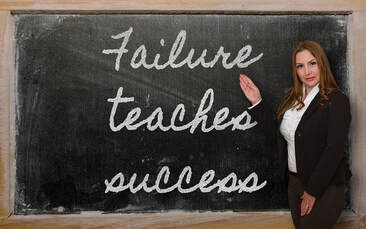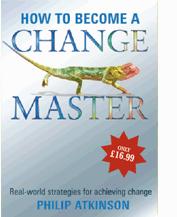
"Our fundamental role in leading organisational change is being accountable for changes we design, orchestrate, and implement in whatever sector we operate, whether public, third, or commercial. Philip Atkinson argues we need to revisit the behavioural and ethical basis of accountability in bringing about large-scale change, to redesign and create the enterprises and society of the future. He discusses the intent, strategies and methodologies to make this happen".
Ignored and Abandoned Accountability
Recent reports and reviews of such significant events as the COVID-19 enquiry and the Post Office Horizon Scandal have occurred, and their reporting demonstrates that Leadership and Accountability are sadly lacking. The deeper the enquiries go, the more we recognise that those supposedly leading the change management policies and processes seemed to ignore their accountabilities when the circumstances permitted them to do so. This lack of accountability is a recent phenomenon and self-evident event in the examples listed below.
If you would like a copy of the published article email [email protected]







 RSS Feed
RSS Feed

